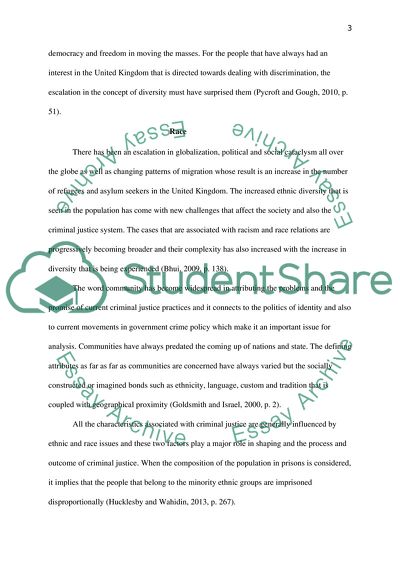Cite this document
(Diversity: A Challenge for Criminal Justice Coursework, n.d.)
Diversity: A Challenge for Criminal Justice Coursework. https://studentshare.org/law/1818860-diversity-an-on-going-challenge-for-criminal-justice
Diversity: A Challenge for Criminal Justice Coursework. https://studentshare.org/law/1818860-diversity-an-on-going-challenge-for-criminal-justice
(Diversity: A Challenge for Criminal Justice Coursework)
Diversity: A Challenge for Criminal Justice Coursework. https://studentshare.org/law/1818860-diversity-an-on-going-challenge-for-criminal-justice.
Diversity: A Challenge for Criminal Justice Coursework. https://studentshare.org/law/1818860-diversity-an-on-going-challenge-for-criminal-justice.
“Diversity: A Challenge for Criminal Justice Coursework”. https://studentshare.org/law/1818860-diversity-an-on-going-challenge-for-criminal-justice.


